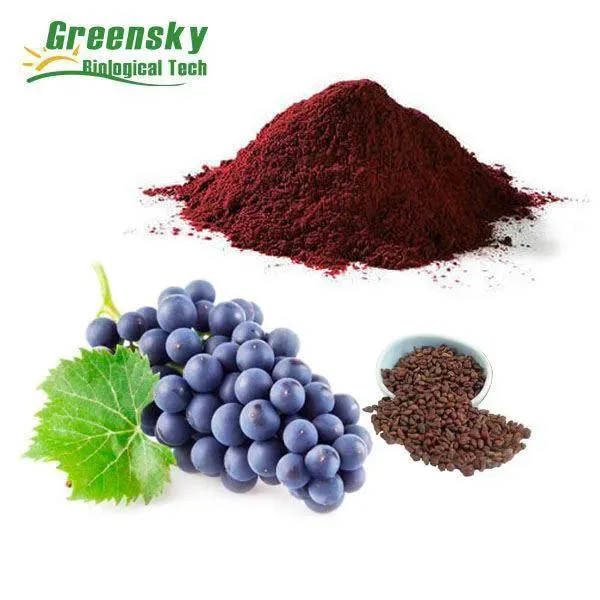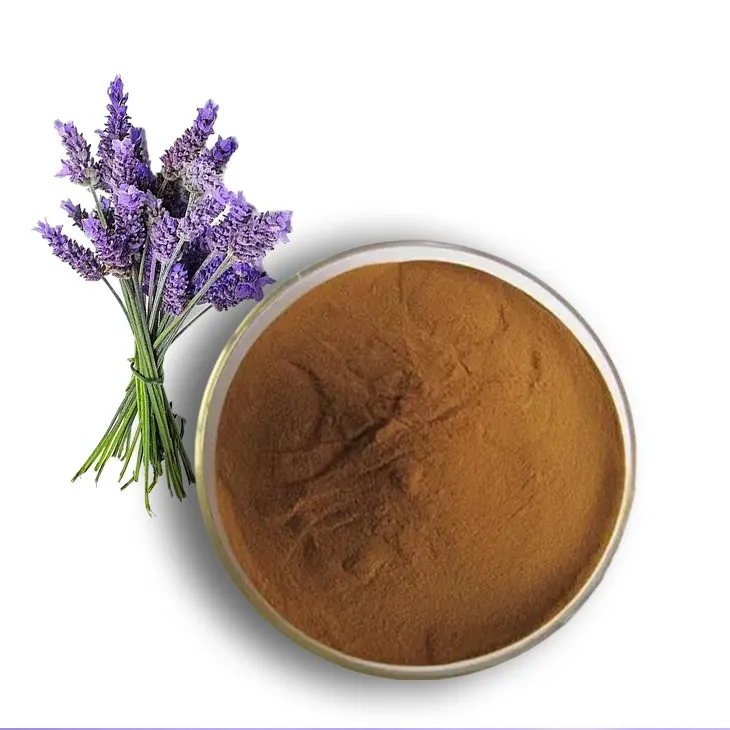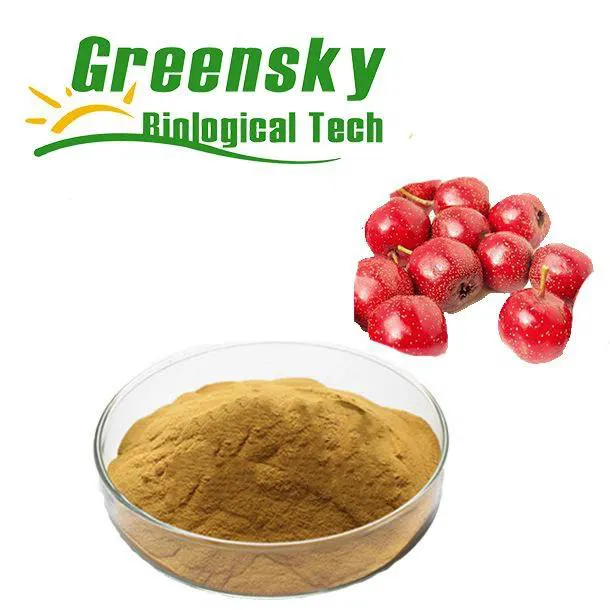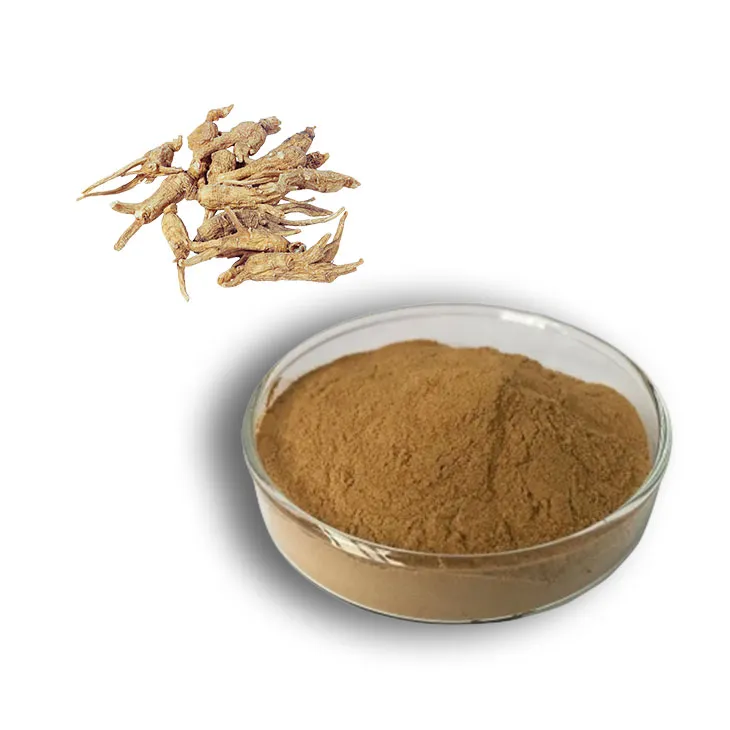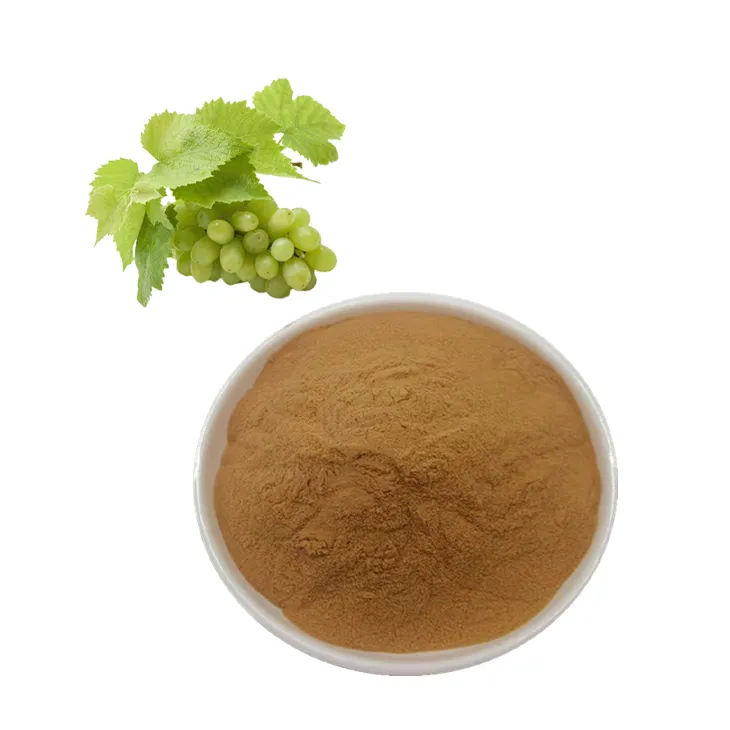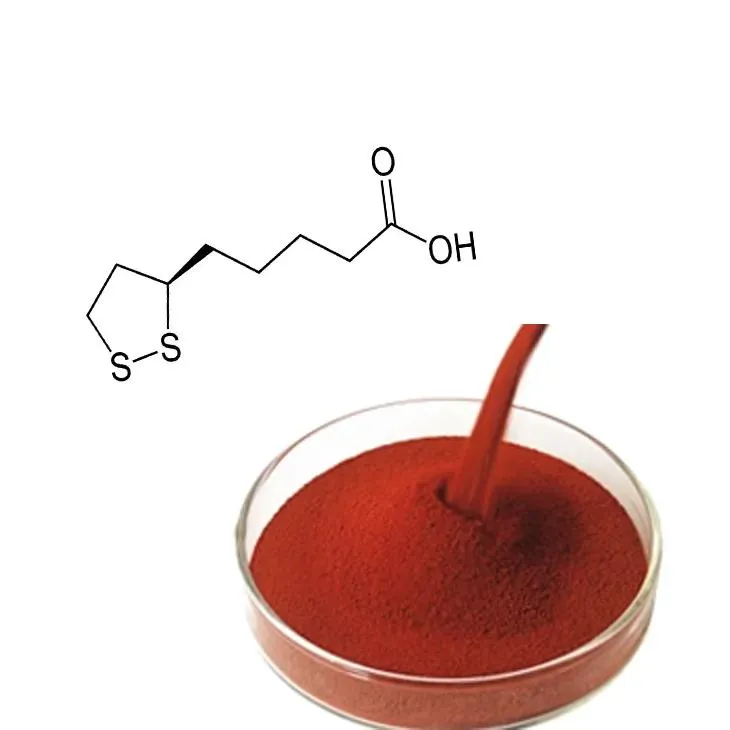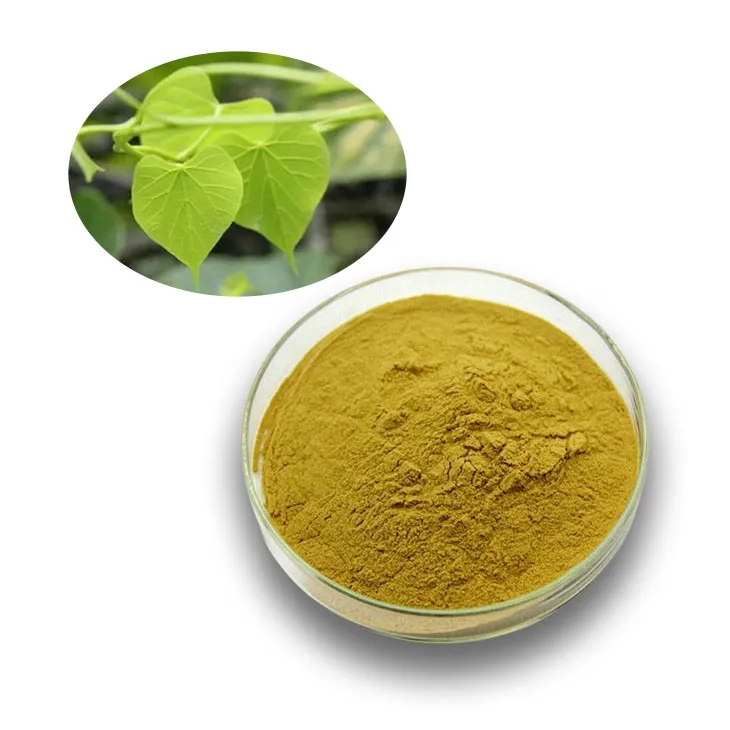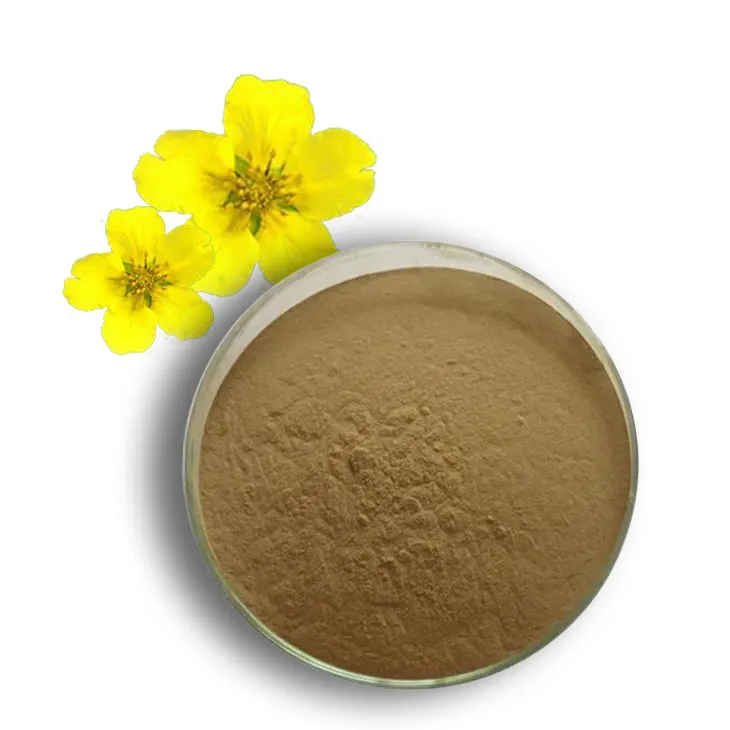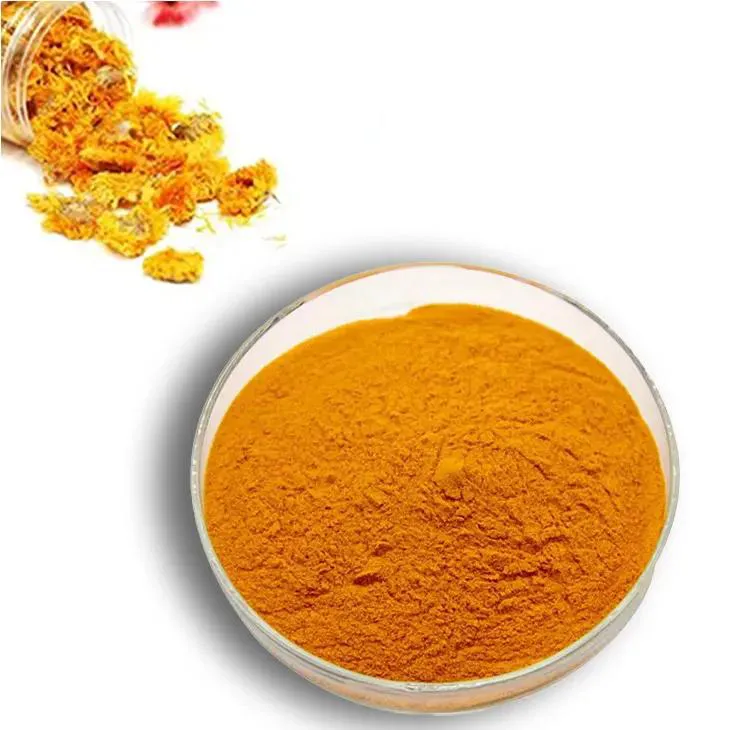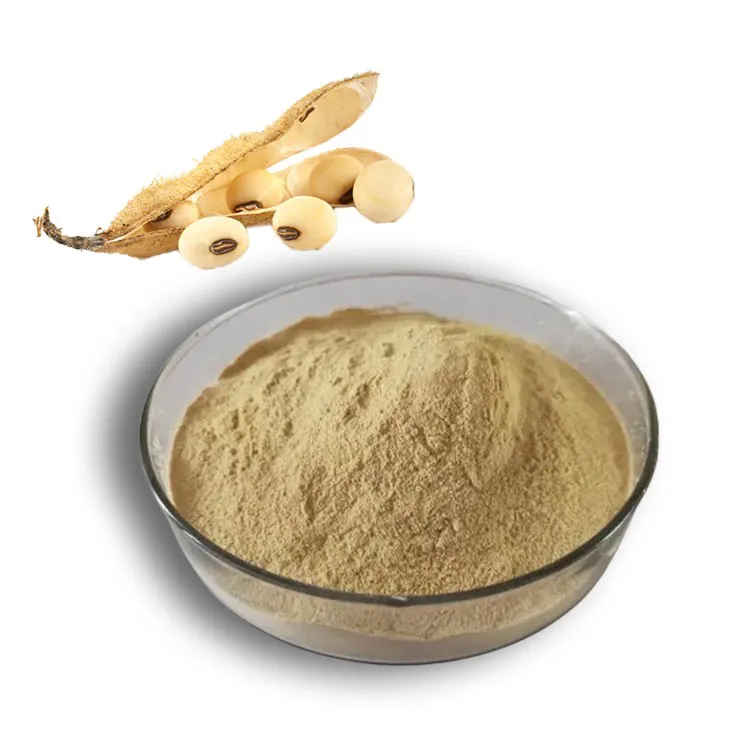- 0086-571-85302990
- sales@greenskybio.com
Olive Leaf Extract Production: A Complete Guide for Consumers and Manufacturers
2024-12-10
1. Introduction
Olive leaf extract has been gaining significant popularity in recent years, both in the health and wellness industry and in various other applications. For consumers, it represents a natural and potentially beneficial supplement. For manufacturers, it is a product with growing market demand. Understanding the production process of olive leaf extract is crucial for both parties.
2. For Consumers: What to Look for in Olive Leaf Extract
2.1 Origin of the Olive Leaves
The quality of olive leaf extract starts with the origin of the olive leaves. Olive trees thrive in specific climates, typically in Mediterranean regions. Leaves from trees grown in these traditional regions are often considered of high quality due to the ideal growing conditions. The soil type, amount of sunlight, and water availability all play a role in determining the chemical composition of the leaves.
Olive trees that are organically grown are also preferred by many consumers. Organic cultivation ensures that the leaves are free from pesticides and other harmful chemicals. This not only makes the final extract safer for consumption but also may contribute to a more "pure" and natural product.
2.2 The Extraction Process
Consumers should be aware of how the olive leaf extract is made. There are different extraction methods, and the choice of method can affect the quality and potency of the extract. Solvent - based extraction is one common method. However, the type of solvent used is important. Some solvents may leave residues in the extract, which could be harmful. Ethyl acetate is often considered a relatively safe solvent for extraction.
Another method is supercritical fluid extraction. This method uses carbon dioxide under specific pressure and temperature conditions. It has the advantage of being a cleaner extraction method, as it does not leave behind harmful solvent residues. The resulting extract is often of high purity and quality.
2.3 Potency and Standardization
The potency of olive leaf extract is measured by the amount of its active compounds, such as oleuropein. A high - quality extract should be standardized to a certain level of these active compounds. For example, a good olive leaf extract may be standardized to contain a specific percentage of oleuropein, say 20% or more. This ensures that consumers are getting a consistent and effective product.
When looking at product labels, consumers should look for information about standardization. Lack of this information may indicate a less - reliable product.
2.4 Packaging and Shelf - Life
Proper packaging is essential for maintaining the quality of olive leaf extract. The extract is sensitive to light, heat, and air. Packaging that protects against these factors, such as dark - colored glass bottles with air - tight seals, is ideal. This helps to preserve the active compounds in the extract and extend its shelf - life.
The shelf - life of olive leaf extract can vary depending on the quality of the product and the packaging. Generally, a well - packaged and high - quality extract can last for one to two years if stored properly in a cool, dry place.
3. For Manufacturers: The Production Process of Olive Leaf Extract
3.1 Raw Material Selection
Manufacturers need to be extremely selective when it comes to choosing olive leaves for extraction. As mentioned earlier, the origin of the leaves is crucial. They should source leaves from regions known for high - quality olive production. Additionally, the time of harvest also matters. Olive leaves are typically harvested in the late summer or early fall when the levels of active compounds are at their peak.
Inspection of the leaves upon arrival at the manufacturing facility is also necessary. This includes checking for any signs of disease, pests, or damage. Only healthy leaves should be used for extraction to ensure the quality of the final product.
3.2 Cleaning and Preparation
Once the leaves are selected, they need to be thoroughly cleaned. This involves removing any dirt, debris, or other foreign matter. After cleaning, the leaves may be dried to a certain moisture level. This drying process should be carefully controlled to avoid over - drying, which could damage the leaves and reduce the yield of active compounds during extraction.
Some manufacturers may also grind the dried leaves into a powder form before extraction. This can increase the surface area of the leaves, allowing for more efficient extraction.
3.3 Extraction Methods
3.3.1 Solvent - based Extraction
As mentioned for consumers, solvent - based extraction is a common method. Manufacturers need to carefully select the solvent. In addition to ethyl acetate, other solvents like methanol and ethanol can also be used, but they require more careful purification to remove any potential harmful residues. The extraction process typically involves soaking the olive leaf material in the solvent for a certain period of time, followed by filtration to separate the extract from the solid leaf material.
3.3.2 Supercritical Fluid Extraction
Supercritical fluid extraction using carbon dioxide has several advantages for manufacturers. It is a more environmentally friendly method compared to some solvent - based extractions. The equipment for supercritical fluid extraction is more expensive, but it can produce a high - quality, pure extract. The process requires precise control of pressure and temperature to ensure the optimal extraction of active compounds.
3.3.3 Other Extraction Methods
There are also other emerging extraction methods, such as microwave - assisted extraction. This method uses microwave energy to accelerate the extraction process. It has the potential to be more time - efficient and may also reduce the use of solvents. However, more research is needed to fully optimize this method for olive leaf extract production.
3.4 Purification and Concentration
After extraction, the resulting extract may contain impurities. Manufacturers need to purify the extract to remove these impurities. This can be done through various techniques such as filtration, centrifugation, or chromatography. Filtration can remove larger particles, while centrifugation can separate substances based on density differences. Chromatography is a more precise method for separating and purifying specific compounds.
Concentration of the extract is also an important step. This is done to increase the amount of active compounds in the final product. Concentration can be achieved through evaporation of the solvent or other methods, but it needs to be carefully controlled to avoid over - concentration, which could lead to the degradation of active compounds.
3.5 Quality Assurance
Quality assurance is a critical part of the manufacturing process. Manufacturers need to establish quality control procedures at every stage of production. This includes testing the raw materials, the intermediate products during extraction and purification, and the final product.
Testing for the presence and quantity of active compounds, such as oleuropein, is essential. In addition, tests for purity, including the absence of harmful residues from solvents or pesticides, should be carried out. Manufacturers should also ensure that their production facilities meet the required hygiene and safety standards.
3.6 Packaging and Labeling
Manufacturers need to choose appropriate packaging materials to protect the olive leaf extract. As mentioned earlier, dark - colored glass bottles or other light - resistant, air - tight containers are ideal. The packaging should also be labeled clearly, providing information about the product, such as the ingredients, the extraction method, the potency of active compounds, and the recommended usage.
Labeling should also comply with relevant regulatory requirements. This includes providing accurate information about any potential allergens and any warnings or precautions related to the use of the product.
4. Market Trends Related to Olive Leaf Extract
The market for olive leaf extract has been growing steadily in recent years. There are several trends that are shaping this market.
- Increasing Demand for Natural Supplements: Consumers are increasingly turning to natural products for health and wellness. Olive leaf extract, with its perceived natural benefits, is in high demand. This has led to an expansion of the market, with more companies entering the production and distribution of olive leaf extract products.
- Research - Driven Market Growth: Ongoing research into the health benefits of olive leaf extract is fueling market growth. New studies that discover additional health - promoting properties of the extract, such as its antioxidant, anti - inflammatory, and antimicrobial effects, are attracting more consumers and driving up sales.
- Expansion into New Applications: Olive leaf extract is not only used in the supplement industry but is also finding applications in other areas such as cosmetics and food. In cosmetics, it is being used for its skin - protecting and anti - aging properties. In food, it can be used as a natural preservative or flavor enhancer. This expansion into new applications is opening up new market opportunities for manufacturers.
5. Innovation in Olive Leaf Extract Production
Manufacturers are constantly looking for ways to innovate in the production of olive leaf extract.
- Improved Extraction Technologies: As mentioned earlier, new extraction methods such as microwave - assisted extraction are being explored. These methods aim to improve the efficiency and quality of the extraction process while reducing costs and environmental impact.
- Enhanced Quality Control: With the increasing demand for high - quality products, manufacturers are investing in more advanced quality control techniques. This includes the use of sophisticated analytical instruments to accurately measure the levels of active compounds and impurities in the extract.
- Sustainable Production Practices: There is a growing trend towards sustainable production in the olive leaf extract industry. This includes using renewable energy sources in the production process, reducing waste, and promoting sustainable farming practices for olive trees.
6. Conclusion
Olive leaf extract production is a complex but rewarding process. For consumers, understanding the production process helps in making informed purchasing decisions. For manufacturers, staying updated on the latest production techniques, market trends, and innovation is essential for success in this growing market. By following the guidelines and trends discussed in this article, both consumers and manufacturers can benefit from the production and use of olive leaf extract.
FAQ:
What are the key factors in raw material selection for olive leaf extract production?
When selecting raw materials for olive leaf extract production, several factors are crucial. Firstly, the origin of the olive trees matters. Olive trees grown in regions with suitable climate and soil conditions tend to produce leaves with better quality. For example, regions with a Mediterranean - like climate are often preferred. Secondly, the health and maturity of the leaves are important. Leaves should be free from diseases, pests, and should be harvested at the right time, usually when they are fully grown but not overly aged. Additionally, the variety of the olive tree can also influence the quality of the leaves and, consequently, the extract. Some varieties may have higher levels of beneficial compounds in their leaves.
How is the quality of olive leaf extract assured during production?
Quality assurance in olive leaf extract production involves multiple steps. At the raw material stage, strict inspection is carried out to ensure that only high - quality leaves are used. During the extraction process, parameters such as temperature, pressure, and solvent type (if used) are carefully controlled. For example, if a solvent - based extraction method is employed, the purity and safety of the solvent are monitored. Analytical techniques like HPLC (High - Performance Liquid Chromatography) are often used to measure the levels of active compounds in the extract, ensuring that they meet the specified standards. Additionally, proper storage conditions during production and before packaging are maintained to prevent degradation of the extract.
What are the common extraction methods used in olive leaf extract production?
There are several common extraction methods in olive leaf extract production. One of the most popular is solvent extraction. In this method, solvents such as ethanol or water - ethanol mixtures are used to dissolve the active compounds from the olive leaves. Another method is supercritical fluid extraction, which uses supercritical carbon dioxide as the solvent. This method has the advantage of being more environmentally friendly and can produce a purer extract. Additionally, there is also mechanical extraction, which involves crushing the leaves and then separating the extract through filtration or centrifugation. However, this method may not be as efficient in extracting all the active compounds as the other two methods.
How does innovation play a role in olive leaf extract production?
Innovation plays a significant role in olive leaf extract production. In extraction techniques, new methods are being developed to improve the efficiency and purity of the extract. For example, the use of advanced membrane filtration technology can help in separating the active compounds more precisely. In terms of product development, innovation is focused on creating new formulations of olive leaf extract. This could include combining it with other natural ingredients to enhance its bioavailability or developing it in different forms such as capsules, tablets, or liquid concentrates. Moreover, innovation in packaging is also important. New packaging materials can help in protecting the extract from degradation due to factors like light, oxygen, and moisture, thereby extending its shelf - life.
What are the current market trends related to olive leaf extract?
The current market trends related to olive leaf extract are diverse. There is an increasing demand for natural and organic products, and olive leaf extract fits well into this trend as it is a plant - based extract. Consumers are also becoming more health - conscious, and the antioxidant and anti - inflammatory properties of olive leaf extract are attracting their attention. In the food and beverage industry, olive leaf extract is being incorporated into products like functional drinks and dietary supplements. Additionally, there is a growing trend towards sustainable production, which means that manufacturers are looking for ways to source olive leaves in an environmentally friendly manner and reduce waste during the production process.
Related literature
- Olive Leaf Extract: Properties, Applications, and Production"
- "Advances in Olive Leaf Extract Technology: From Tree to Tablet"
- "The Market Dynamics of Olive Leaf Extract: A Comprehensive Review"
- ▶ Hesperidin
- ▶ citrus bioflavonoids
- ▶ plant extract
- ▶ lycopene
- ▶ Diosmin
- ▶ Grape seed extract
- ▶ Sea buckthorn Juice Powder
- ▶ Beetroot powder
- ▶ Hops Extract
- ▶ Artichoke Extract
- ▶ Reishi mushroom extract
- ▶ Astaxanthin
- ▶ Green Tea Extract
- ▶ Curcumin Extract
- ▶ Horse Chestnut Extract
- ▶ Other Problems
- ▶ Boswellia Serrata Extract
- ▶ Resveratrol Extract
- ▶ Marigold Extract
- ▶ Grape Leaf Extract
- ▶ blog3
- ▶ Aminolevulinic acid
- ▶ Cranberry Extract
- ▶ Red Yeast Rice
- ▶ Red Wine Extract
-
Grape Seed Extract
2024-12-10
-
Lavender Extract
2024-12-10
-
Hawthorn Extract
2024-12-10
-
Angelica sinensis extract
2024-12-10
-
Grape Leaf Extract
2024-12-10
-
Astaxanthin
2024-12-10
-
Tinospora cordifolia extract
2024-12-10
-
Tormentil Extract
2024-12-10
-
Marigold Extract
2024-12-10
-
Soy Extract
2024-12-10











